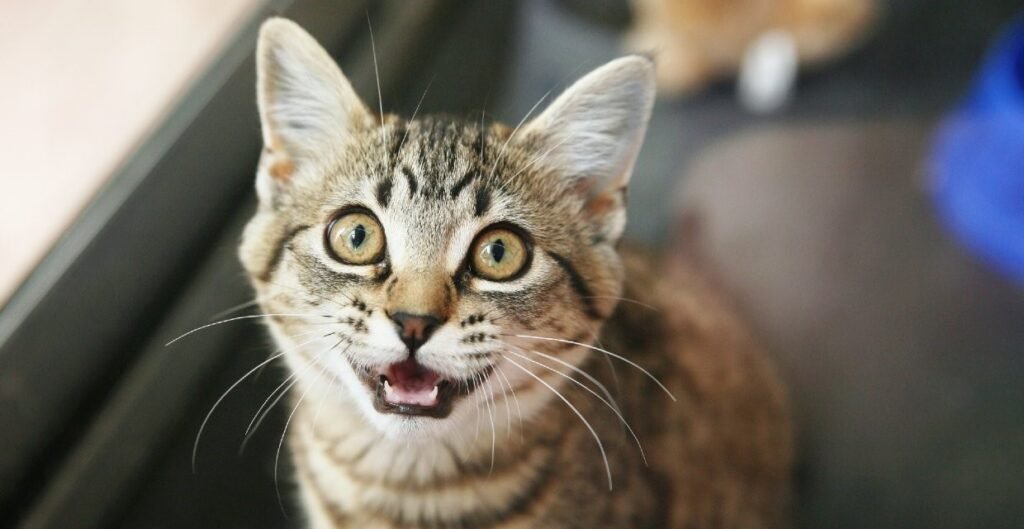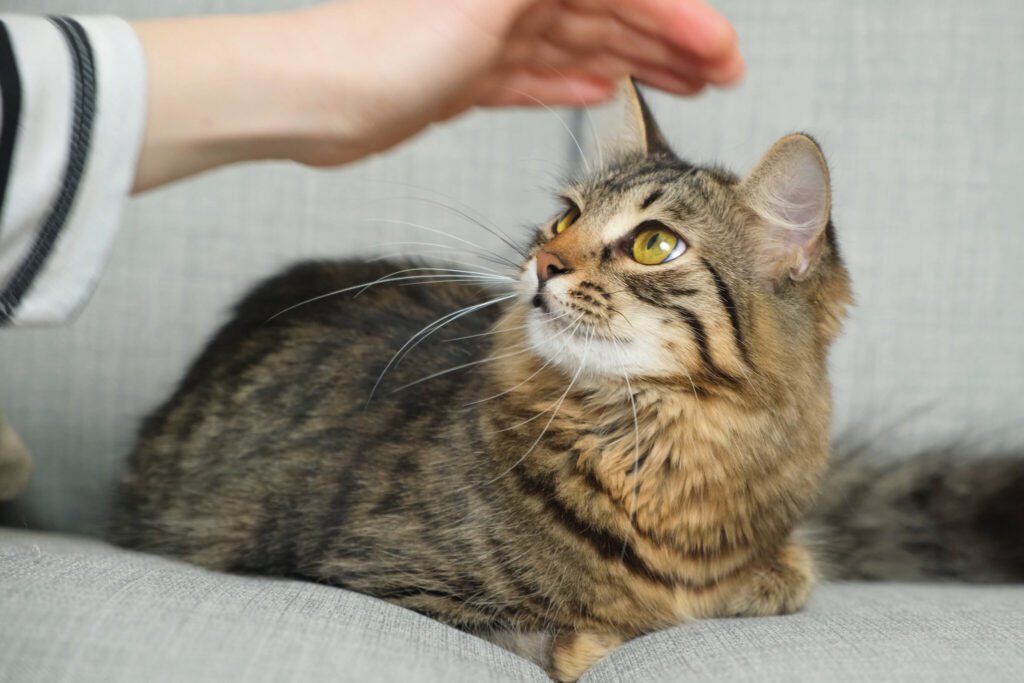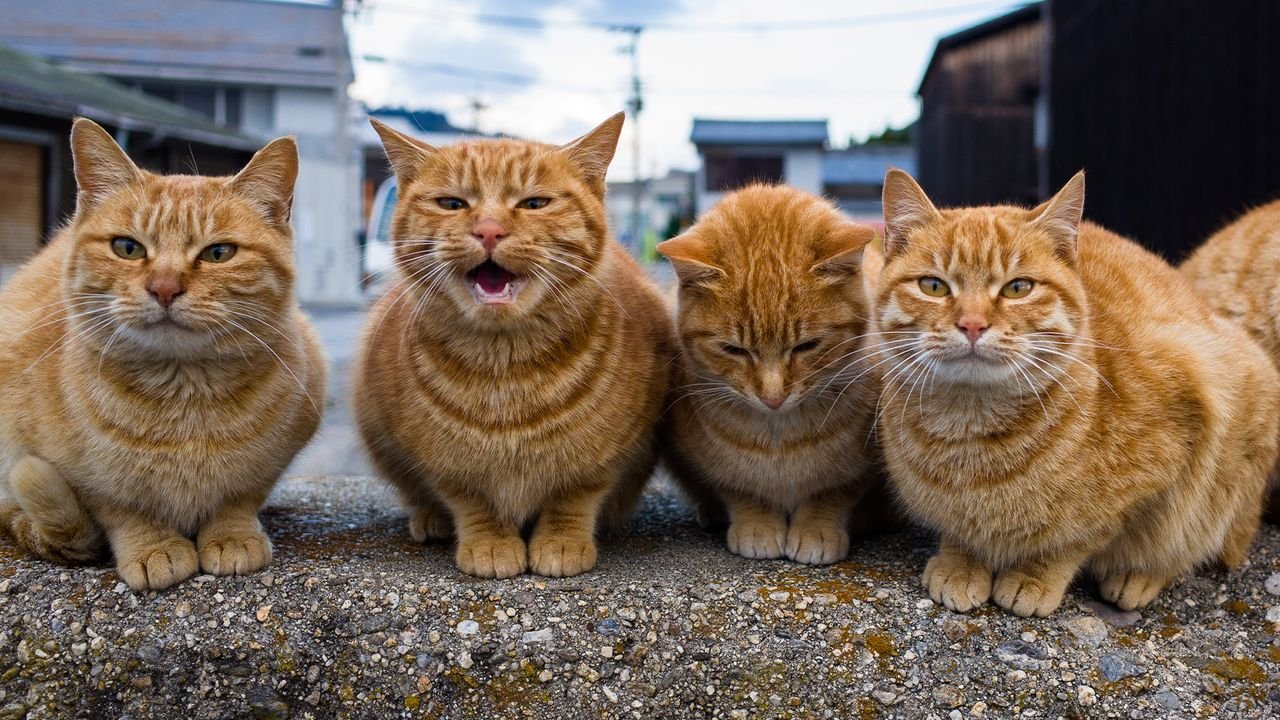Decoding Cat Behavior: What Genetics Reveal About Meowing and Temperament

New findings on cat meow genetics suggest that a feline’s vocal personality might be rooted in its DNA. A recent study led by wildlife expert Yume Okamoto at Kyoto University analyzed DNA samples and behavioral traits of over 280 domestic cats. The research found a strong link between variations in the androgen receptor (AR) gene and differences in vocalization and temperament.
Cat Meow Genetics: How the Androgen Receptor Gene Influences Feline Vocalization
The AR gene, central to hormone regulation like testosterone, includes a repeat DNA sequence that varies in length. Shorter sequences make the receptor more responsive to hormones. In other animals, such as dogs and humans, shorter repeats have been linked to increased aggression and sociability.
Vocal Cats and the Short AR Variant
Among the cats studied, those with shorter AR gene sequences purred and meowed more frequently, especially males. These felines tended to be more assertive in their interactions with humans, vocalizing to be fed or to go outside. In contrast, cats with longer gene variants were generally quieter and more docile, a trait common among pedigree breeds bred for calmness.
Aggression in Female Cats
Interestingly, female cats with the same short AR variant exhibited more aggressive behavior toward strangers. This highlights how genetics can manifest differently depending on sex. The link between the short AR gene and assertiveness, however, doesn’t follow the typical narrative of domestication making animals more sociable.
Domestication: A Complex Genetic Story
The short AR gene variant is not exclusive to domestic cats; it’s also found in wild feline species like lynxes. This challenges the assumption that domestication always selects for gentler traits. In fact, traits like boldness or aggression might be advantageous in urban or high-stress environments where resources are limited and attention from humans must be earned.
Environmental Influence on Animal Behavior

This idea isn’t unique to cats. A similar pattern is seen in urban gulls. A study from Liverpool John Moores University revealed that urban gulls are bolder and more aggressive than their rural counterparts. These birds, often labeled as nuisances in the media, show that living among humans can encourage more confrontational behavior.
Urban Gulls: A Parallel Tale
Urban environments present both opportunities and challenges for animals. Just like cats, gulls in cities must compete fiercely for food, leading to more assertive behavior. These adaptations show that proximity to humans doesn’t always result in docility. Sometimes, pushy traits improve survival odds.
Cat Meow Genetics: A Delicate Balance
The Kyoto study illustrates a genetic trade-off. Cats with the short AR gene variant may gain human attention more easily through vocalization and assertiveness, which is beneficial in competitive settings. Yet, this same genetic trait might lead to increased aggression, especially in females. This complex relationship underscores that domestication can lead to both desirable and challenging behaviors.
Evolution Needs Variation
Variation in behavior is a cornerstone of evolution. Without it, species would be ill-equipped to adapt to new environments. In cats, a wide range of temperaments may serve a purpose. Some thrive as social lap cats, others as independent observers. There is no single “perfect” feline personality.
Genetics Aren’t Destiny

While cat meow genetics play a role in behavior, they are just one part of the puzzle. Environment, upbringing, and human interaction shape feline temperament just as much. A quiet kitten may become vocal in a stimulating household, while a naturally chatty cat might mellow out with age.
Final Thoughts: Understanding Our Feline Friends
Understanding the genetic factors behind cat behavior helps owners better appreciate their pets’ unique personalities. Rather than expecting uniform behavior, embracing the diversity of feline communication can lead to stronger human-animal bonds.
Encouraging Further Research
The connection between cat genetics and vocalization opens new avenues for behavioral research. More studies across various breeds and environments could help pinpoint how specific genes interact with life experiences to shape personality. This research could one day lead to more personalized care for cats based on their genetic profiles.
Conclusion: The Genetic Symphony of the Cat Meow
From ancient wildcats to modern housecats, vocal behavior has always served a purpose. Whether it’s a soft purr or an assertive meow, these sounds reflect a blend of genetic heritage and life experience. By understanding the underlying genetics, like the AR gene’s role in vocalization and aggression, we can better care for and understand the cats who share our homes. And as science continues to unravel the genetic code, one thing becomes clear: every meow carries a story.




